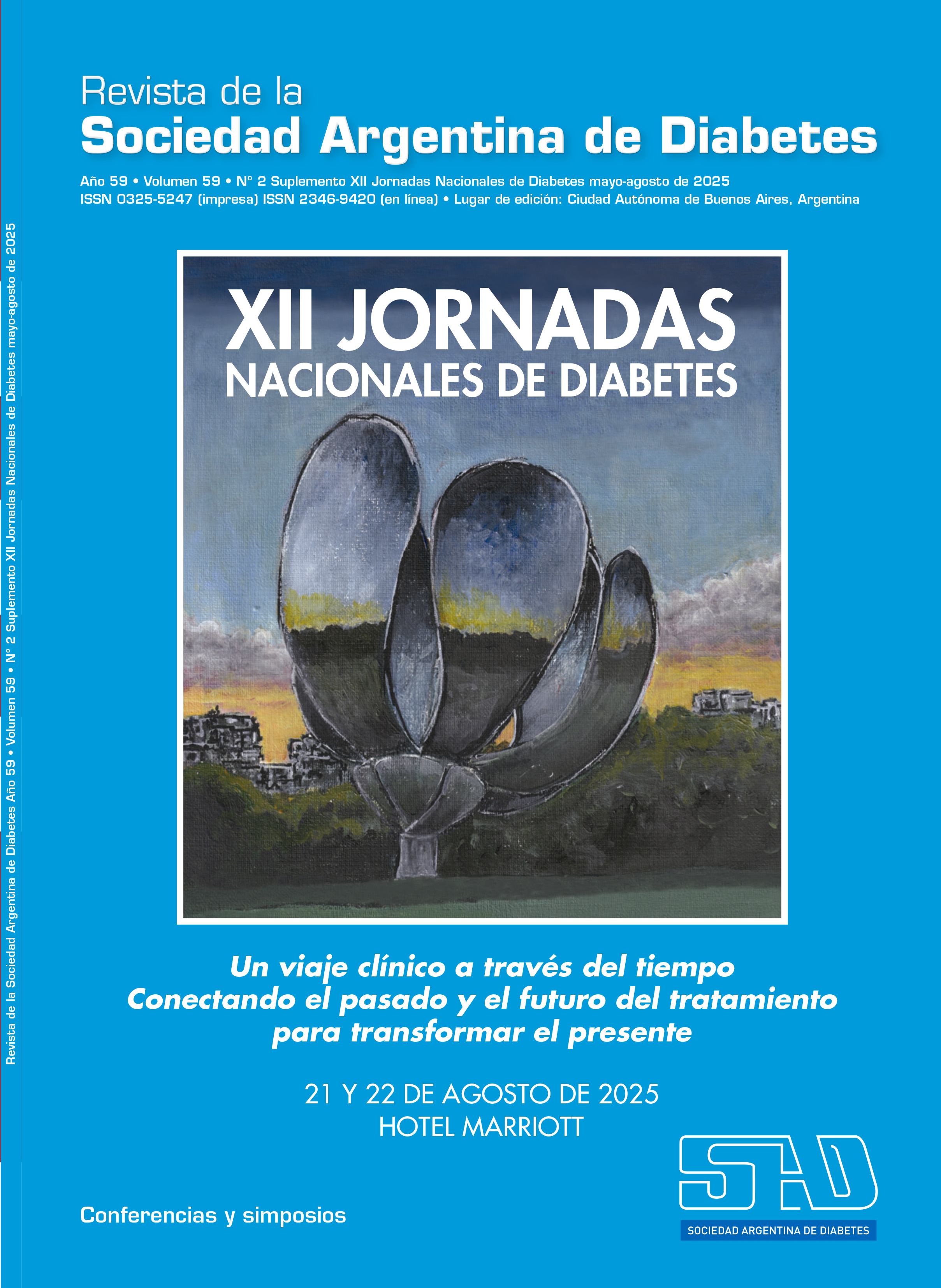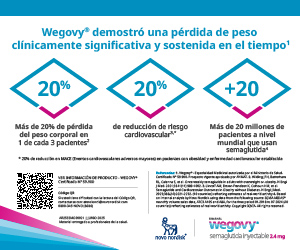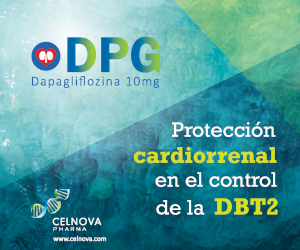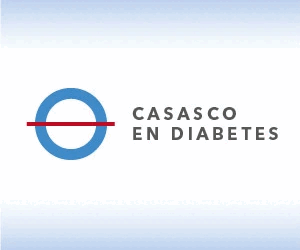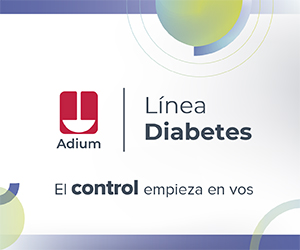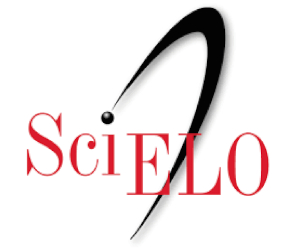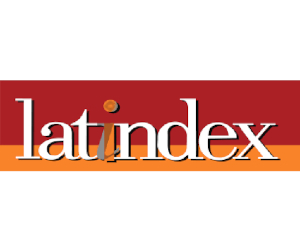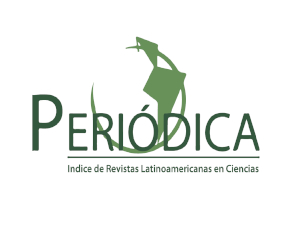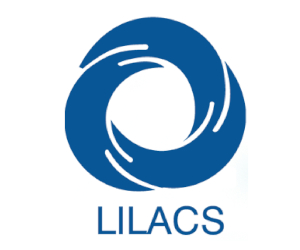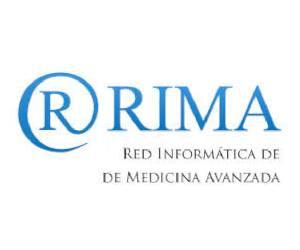Fatty liver associated with metabolic dysfunction caused by the consumption of a high-sucrose diet in rats: role of the gut-liver axis
DOI:
https://doi.org/10.47196/diab.v59i2Sup.1259Keywords:
fatty liver, metabolic dysfunction, dietAbstract
Introduction: over the past few years excessive carbohydrate consumption has been shown to alter gut microbiota and affect epithelial permeability, thus facilitating the passage of endotoxins into the circulation, promptly reaching the liver.
Objectives: the goal of this study was to evaluate the intestinal and hepatic effects of a sucrose-rich diet (SRD) in Wistar rats and the effects of reverting to a standard diet.
Materials and methods: animals were assigned to control (C, n=8) and SRD (30% sucrose in water, n=8) groups, and the treatments were carried out for 12 weeks. In a second protocol, after 10 weeks on the SRD, a subgroup was returned to a standard diet for the last 2 weeks (SRD reversal, n=6).
Results: histological analysis of the ileum of the animals in the DRS group showed no epithelial alterations or changes in goblet cell content (H&E and Alcian Blue staining). However, a significant reduction in the expression of binding proteins was observed: ZO-1 and occludin (by qPCR), and claudin-1 (by immunofluorescence). In addition, a higher amount of bacterial DNA was detected in the liver and blood, and an increased ratio of Firmicutes/Bacteroidetes DNA (an indicator of dysbiosis) was detected in the feces, along with a significant decrease in the content of short-chain fatty acids (butyrate and acetate). Animals in the DRS group presented steatohepatitis (NAS score), characterized by increased parameters of inflammation, oxidative stress, endoplasmic reticulum stress, and apoptosis. Metabolically, there was a decrease in tissue sensitivity to insulin, which was associated with a more gluconeogenic and lipogenic profile without changes in lipid oxidation.
Conclusions: reversion to a standard diet (DRS rev) did not induce histological changes in the liver, although it attenuated inflammation, ER stress, and apoptosis. This caloric restriction protocol also improved hepatic insulin sensitivity (via AKT) and promoted a more oxidative lipid profile, reducing circulating triglyceride levels, increased in the DRS group.
In summary, DRS administration induces intestinal dysbiosis and increased epithelial permeability and bacterial translocation, which could promote hepatic inflammatory processes and aggravate insulin resistance. Reverting to a standard diet improves hepatic metabolic parameters, although the possible association of these findings with the intestinal changes observed in the animals in the DRS group remains to be evaluated.
References
-
Downloads
Published
Issue
Section
License
Copyright (c) 2025 on behalf of the authors. Reproduction rights: Argentine Society of Diabetes

This work is licensed under a Creative Commons Attribution-NonCommercial-NoDerivatives 4.0 International License.
Dirección Nacional de Derecho de Autor, Exp. N° 5.333.129. Instituto Nacional de la Propiedad Industrial, Marca «Revista de la Sociedad Argentina de Diabetes - Asociación Civil» N° de concesión 2.605.405 y N° de disposición 1.404/13.
La Revista de la SAD está licenciada bajo Licencia Creative Commons Atribución – No Comercial – Sin Obra Derivada 4.0 Internacional.
Por otra parte, la Revista SAD permite que los autores mantengan los derechos de autor sin restricciones.



